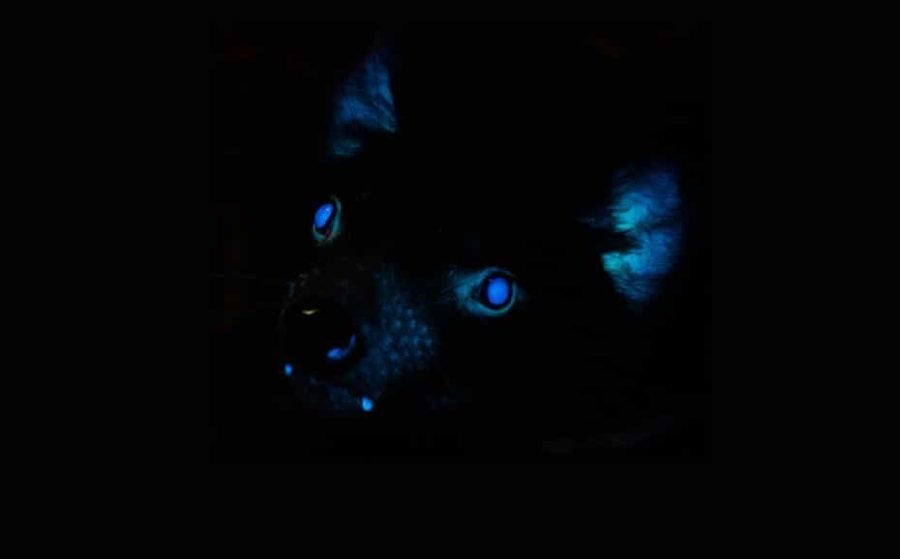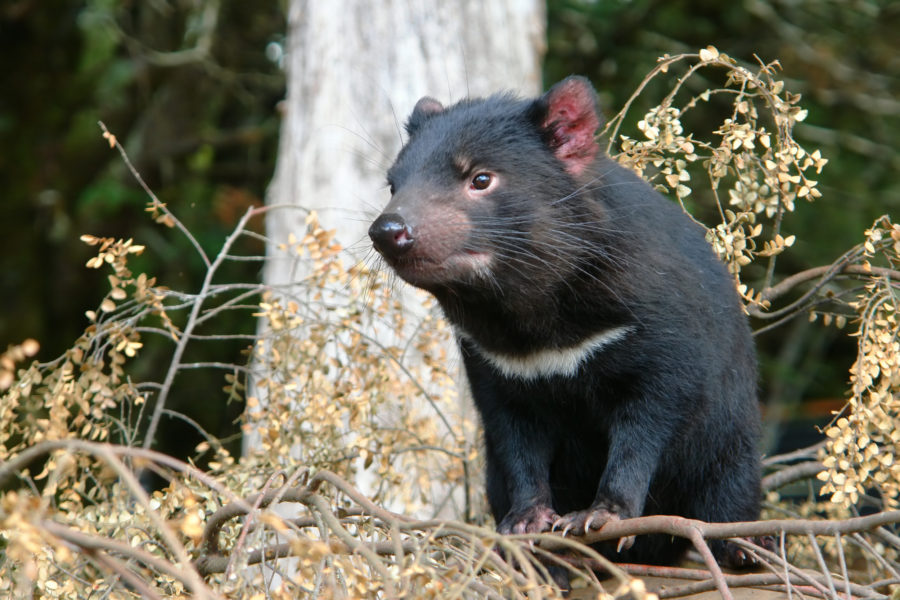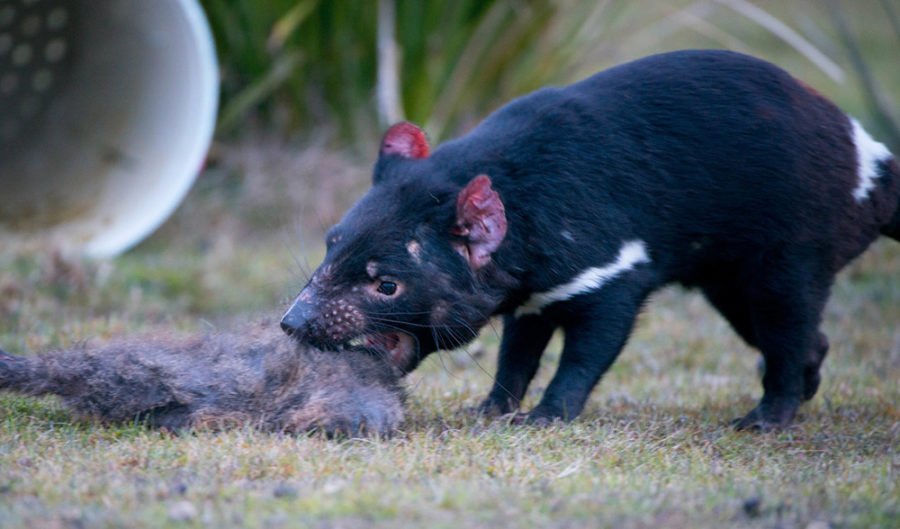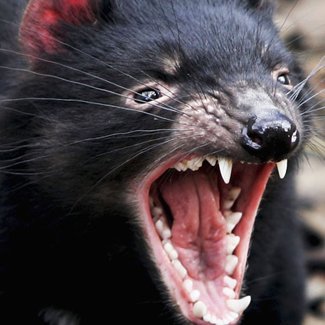Tasmanian devils: four things you may not know

Tasmanian devils are the world’s largest remaining marsupial carnivore, having outlasted their now extinct ancestors such as the Tasmanian tiger and Australia’s ancient marsupial lions, among many other bizarre megafauna. Here are a few things you may not know about them.
Tasmanian devils have evolved to overcome devil facial tumour disease
For decades, Tasmanian devil populations have been devastated by devil facial tumour disease (DFTD). The disease first emerged in the 1990s in northern Tasmanian and quickly saw deadly tumours forming in around devils’ mouths causing death within six months. Since it was first detected, the disease has now spread to the west coast and has caused a decline of up to 80 per cent in devil populations.
Luckily, there’s been some good news recently. Research published in Science late last year found Tasmanian devils are likely to persist despite the devastating impact of the disease.
“Ten years ago, we thought there was a real chance DFTD would drive the Tasmanian devil to extinction,” the researchers wrote in an article for The Conversation. “Our concern arose not just because the cancer was almost inevitably lethal, but also because the transmission rate did not appear to slow down, even as devils became very rare.
“Our new research has some good news: by pioneering application of genomic analysis typically used for viruses, we have discovered the curve has flattened and the rate of increase of infections has slowed. This means while the disease is probably not going away, neither are Tasmanian devils.”
Tasmanian devils are capable of polishing off entire carcasses
Tasmanian devils are very talented scavengers, polishing off almost anything they can find. One of our favourite images is of a Tassie devil making a solid attempt at a whale carcass on the west coast of Tasmania. Their poop has even been said to sometimes contain the spikes of an echidna. It’s true, these guys will eat anything.
A recent study, which analysed the skulls of nearly 300 devils, revealed that their extreme diet can wear down their sharp teeth to blunt nubbins.
So why did researchers decide to study devil diets and the impact on their teeth? Well, despite the rate of increase of infections of DFTD slowing, Tassie devils are still in a precarious position. For this reason, many conservation projects focus on breeding programs, with the intention of a wild release. While they’re in captivity, it’s critical to get their diet right.
According to the researchers behind that study, devils have the strongest bite force per body weight of any living mammal.
“The types of food an animal eats will wear their teeth down differently,” they said. “For example, big cats such as lions prefer to eat the softer parts of a carcass, like flesh or organs, and leave the bones behind.
“Spotted hyenas, however, will happily eat the bones. As a result, hyaenas have incredibly high tooth wear compared with lions.
“This might not hinder the hyena or devil as much as you might think. Both have very strong jaws that can compensate for the loss of sharp teeth.”
Oh, and they’re also capable of consuming up to 40 per cent of their body weight in 30 minutes.
Tasmanian devils glow under ultraviolet light
In December last year, we found out that a whole lot of Aussie mammals, from wombats to platypuses, glow under ultraviolet light. And it made for some very cool images.
Toledo Zoo in Ohio decided to test whether it was the same case for their captive population of Tasmanian devils, and it worked.
“In the case of the Tasmanian devil, the skin around their snout, eyes and inner ear absorbs ultraviolet light and then re-emits it as blue visible light,” it posted to its Facebook page.
“It is unclear whether this instance of biofluorescence serves any ecological purpose or is simply happenstance.”
While this type of bioluminescence is common in marine animals and insects, it had never previously been recorded in mammals. Exactly what its purpose is is yet to be distinguished.
“Now that researchers are looking into this more closely, it means we could be discovering a whole new sensory realm of communication that we weren’t aware of,” Tasmanian devil expert Menna Jones told the ABC at the time of the discovery.
Tasmanian devils once had a bounty against them
The Tasmanian devil, like the thylacine, was despised by European settlers because of the alleged threat it posed to livestock, mainly chickens. In 1830, the Van Diemen’s Land Company, a farming corporation that still operates today, placed a bounty on the devils, as well as thylacines and wild dogs.
According to Parks and Wildlife Service Tasmania, the devils were trapped and poisoned for well over a century. They became a protected species in 1941. The Examiner, a Tasmanian newspaper, reported that this was because they’d practically disappeared from the settled areas.
When this decision was made by the Fauna Board, the Minister for Lands and Works, Major Davies, resigned, disagreeing that the animals should be protected. “The devil destroys the game; the rats are destructive; the wombat damages fences and most of these animals can protect themselves,” he reportedly said.
Populations of Tasmanian devils steadily increased following the protections, but declined once again because of DFTD.




